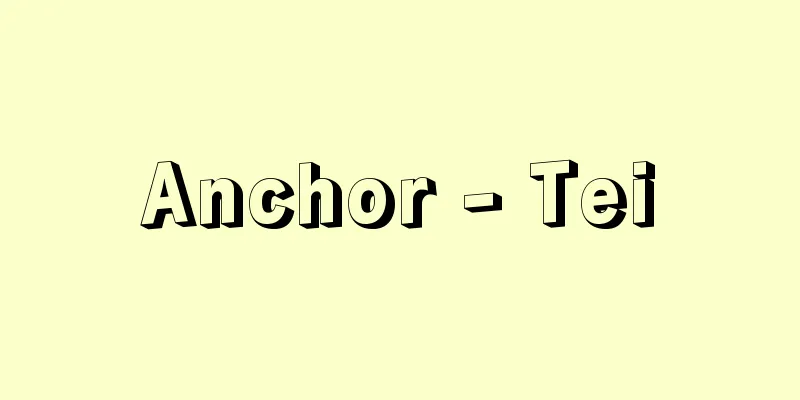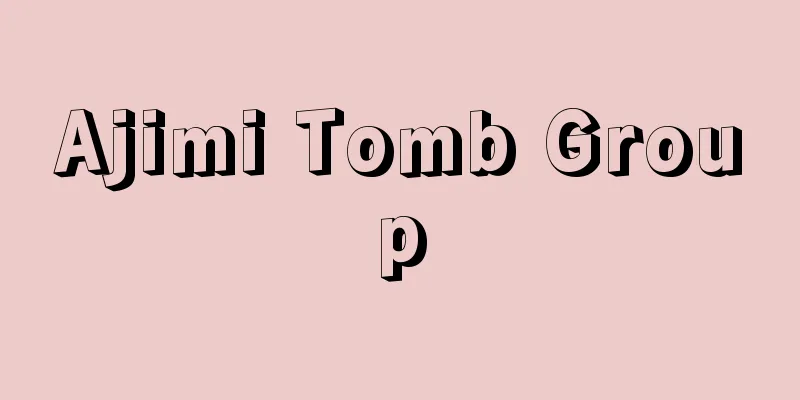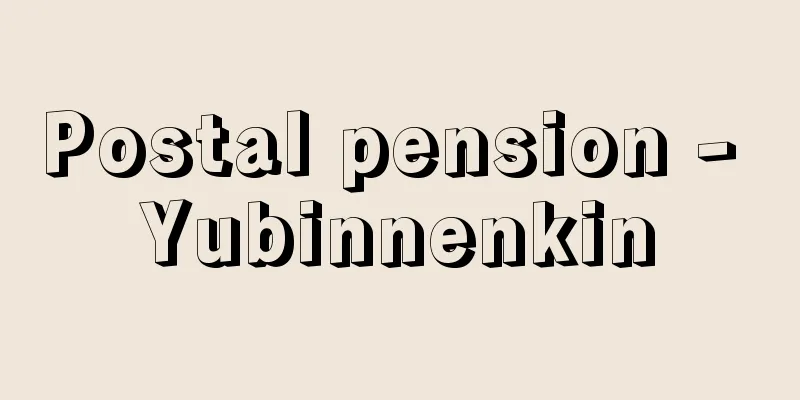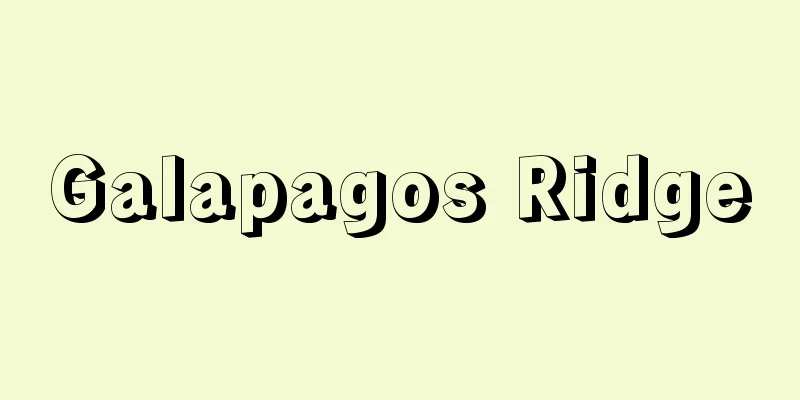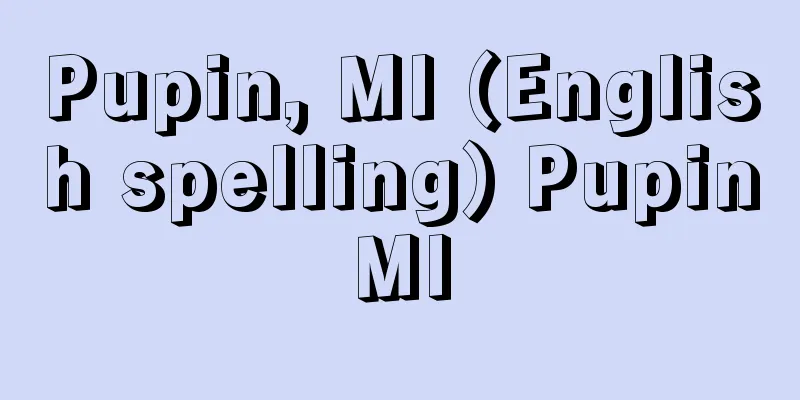Havana - Habana (English spelling)
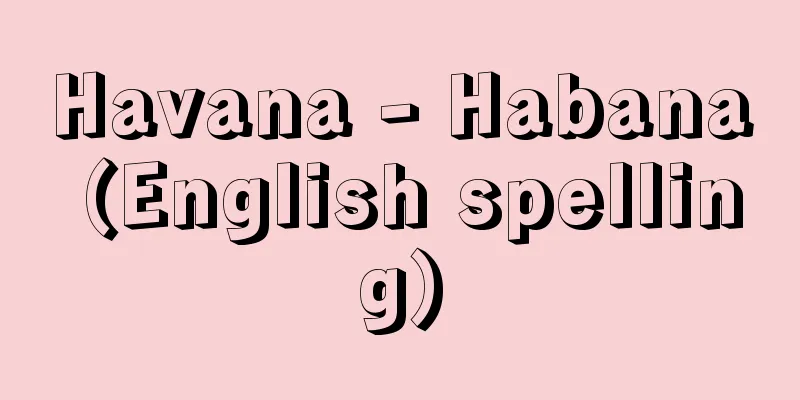
|
The capital of Cuba, West Indies. In Spanish, it is called La Habana. It is the largest port city in the Caribbean, facing the Straits of Florida on the northwest coast of the country. It has a population of 2,204,333 (1996), 2,131,937 (2019 estimate). The average annual temperature is 24.8°C, and it belongs to a subtropical climate. The annual precipitation is 1,374.6 mm, and the humidity is high from May to November. In 1514, D. Velázquez built it on the opposite side of the cove as San Cristóbal de la Habana, but in 1519 it was moved to its current location. Since then, it has developed as the center of Spanish colonial rule in the Americas and a transit point for trade, and became the capital after Cuba's independence in 1898. Before the 1959 revolution, Havana was a bustling entertainment city lined with villas belonging to wealthy Americans, attracting many tourists and becoming a sleepless city, but after the revolution it was reborn as a productive city, and became the core of Cuba's socialist society. As the "Greater Havana Metropolitan Area", urban plans were implemented for residential areas, new industrial zones, and large natural parks, and urban infrastructure was developed. Havana Port is Cuba's largest trading port, handling 90% of the country's imports, mainly exporting tobacco and sugar cane grown in the surrounding area. In recent years, the city has also been focusing on promoting tourism, attracting tourists from Russia, Eastern Europe, Canada, and other countries. The old town (occupying the peninsula on the west side of Havana Bay), built between the 17th and early 18th centuries, is a beautiful Spanish-style town with many white buildings that was once called the "Queen of the Caribbean" or the "Pearl of the Caribbean," and still evokes the colonial era. The new town, which expanded to the west, was developed after World War I as a high-end residential area for American and Cuban capitalists and government officials under the Batista regime, and is lined with wide streets and modern skyscrapers. Revolution Square, which marks the border between the two towns, features a statue of José Martí, the father of independence. In the 1960s, the shops and hotels were nationalized, and the pre-revolutionary mansions are now used as schools and apartment buildings. The Colombian barracks from the Batista regime have also been turned into an education center. Other historical buildings include the Morro Fort, which is now the barracks for the border patrol, Forte Fuerza, the second oldest building in the Americas, the former Spanish governor's official residence (now the Havana City Museum), and the Havana Cathedral, built in 1704. In the southeastern outskirts of the city is the memorial museum (former home) of Hemingway, who loved Cuba very much. Jose Marti International Airport, 14 kilometers south, has regular flights from Russia, Mexico, Spain, and Canada. The old town and the fortress were registered as a World Heritage Site in 1982 (World Cultural Heritage). [Naoko Kurihara] [Reference] |Havana is the largest port city in the Caribbean, facing the Straits of Florida on the northwest coast of Cuba. It is the capital of Cuba. It has flourished as a key point in the New World since the colonial period. There is an old town with old buildings, and a new town with wide streets and modern skyscrapers. Havana, Cuba ©Shogakukan "> Havana city The old town still retains traces of the colonial era. There are many historically important buildings, such as the Havana Cathedral. In the foreground of the photo is Plaza Vieja. Part of the World Heritage Site "Old Havana and its Fortifications" (Cuba, registered in 1982) Havana, Cuba ©Shogakukan "> Havana Old Town A statue of the revolutionary Jose Marti, known as the "Father of Cuban Independence." It stands in Parque Central (Central Park) in the old town. Havana, Cuba ©Shogakukan "> Marti Statue The Ministry of the Interior building near Revolution Square. Known for its huge portrait of Che Guevara, the leader of the Cuban Revolution. Havana, Cuba ©Shogakukan "> Cuban Ministry of the Interior A typical Havana scene, this coastal street lined with old buildings. It stretches for over 10km along the coast, and the breakwater is always bustling with young people. Havana, Cuba ©Shogakukan "> Malecon Source: Shogakukan Encyclopedia Nipponica About Encyclopedia Nipponica Information | Legend |
|
西インド諸島、キューバの首都。スペイン語ではラ・アバナLa Habanaという。同国北西岸のフロリダ海峡に面するカリブ海最大の港湾都市である。人口220万4333(1996)、213万1937(2019推計)。年平均気温は24.8℃で亜熱帯気候に属する。年降水量は1374.6ミリメートルで、5~11月は湿度が高い。1514年、サン・クリストバル・デ・ラ・アバナとして、D・ベラスケスが入り江の対岸に建設したが、1519年現在の地に移転した。以後、アメリカ大陸におけるスペインの植民地支配の中心および貿易の中継地として発展し、1898年キューバの独立によって首都となった。1959年の革命前は、アメリカの富豪の別荘が建ち並び、多くの観光客を集め不夜城のごとくにぎわう歓楽都市であったが、革命後はキューバ社会主義社会建設の中核として生産都市に生まれ変わった。「大ハバナ都市圏」として、住宅地帯、新工業地帯、大自然公園などの都市計画が実施され都市基盤の整備が図られた。ハバナ港はキューバ最大の貿易港で、同国の輸入の90%を取り扱い、おもに周辺で栽培されるタバコとサトウキビを輸出している。近年は観光業の振興にも力を入れ、ロシア、東ヨーロッパをはじめ、カナダなどからの観光客を集めている。 17世紀から18世紀初頭にかけて建設された旧市街(ハバナ湾西部の半島部を占める)は、かつて「カリブの女王」あるいは「カリブの真珠」といわれた白い建物の多いスペイン風の美しい町で、現在も植民地時代のおもかげを伝えている。その西方に拡大した新市街は、第一次世界大戦後、アメリカ、キューバの資本家やバチスタ政権の政府要人の高級住宅地として開発されたもので、広い街路や近代高層ビルが建ち並ぶ。両市街の境にある革命広場には独立の父ホセ・マルティの像がある。1960年代に商店やホテルは国営化され、革命前の大邸宅は学校や共同住宅に利用されている。また、バチスタ政権下のコロンビア兵営は教育センターとなっている。ほかに、国境警備隊の兵舎となったモロ要塞(ようさい)、アメリカ大陸で二番目に古い建物であるフエルサ要塞、旧スペイン総督の官邸(現、ハバナ市博物館)、1704年に建てられたハバナ・カテドラルなど歴史的建造物も多い。また、市の南東郊にはキューバをこよなく愛したヘミングウェイの記念館(旧宅)がある。南方14キロメートルにあるホセ・マルティ国際空港には、ロシアのほかメキシコ、スペイン、カナダからの定期便が就航している。なお、旧市街と要塞は1982年に世界遺産の文化遺産として登録されている(世界文化遺産)。 [栗原尚子] [参照項目] |キューバ島北西岸のフロリダ海峡に面するカリブ海最大の港湾都市。キューバの首都。植民地時代から新大陸の要衝として栄えた。古い建造物が残る旧市街と、広い街路や近代高層ビルが建ち並ぶ新市街がある。キューバ ハバナ©Shogakukan"> ハバナ市街 植民地時代のおもかげが残る旧市街。ハバナ・カテドラルなど、歴史的に重要な建造物も多い。写真手前はビエハ広場。世界文化遺産「オールド・ハバナとその要塞群」の一部(キューバ・1982年登録) キューバ ハバナ©Shogakukan"> ハバナの旧市街 キューバの「独立の父」と称される革命家ホセ・マルティの像。旧市街のパルケ・セントラル(セントラル公園)に建つ。キューバ ハバナ©Shogakukan"> マルティ像 革命広場近くに建つ内務省ビル。キューバ革命の指導者チェ・ゲバラの巨大な肖像で知られる。キューバ ハバナ©Shogakukan"> キューバ内務省 古い建物が建ち並ぶ海岸通りで、ハバナの代表的な風景。海沿いに10km以上続き、防波堤は若者たちでつねににぎわっている。キューバ ハバナ©Shogakukan"> マレコン通り 出典 小学館 日本大百科全書(ニッポニカ)日本大百科全書(ニッポニカ)について 情報 | 凡例 |
<<: Papanin - Papanin (English notation) / Ivan Dmitrievich Papanin
>>: Harvard University - Harvard University
Recommend
Patience - patience
A translation of the Sanskrit word asmimāna. In B...
European Goldfinch (Goldfinch)
A passerine bird of the family Fringillidae (illus...
Amino acid code table - Amino acid code table
...In the synthesis of proteins in living organis...
Śrāvastī (English spelling)
The capital of the ancient North Indian kingdom o...
Kumano River
A river in the southern part of the Kii Peninsula....
Water regulation by forest
The function of forests is to store rainfall in mo...
Kitabatake Chikafusa
A nobleman and thinker from the end of the Kamaku...
Exoticism - Ikokujocho
〘 noun 〙 = exotic atmosphere ※The moon is in the e...
Syagrius - Syagrius (English spelling)
A Gallic warrior from the late Roman Empire. Son ...
Lao She - Lao She
Chinese novelist and playwright. Born a Manchu ba...
Kansai Gomen - Kansan Gomen
…In 1949, the current Marubeni Corporation was es...
Westmacott, R.
…Peter Scheemakers (1691-1781), John Michael Rysb...
Manes
In ancient Roman religion, the deified spirits of ...
Iemoto system
The head of a school of arts and culture is calle...
Itabashi Post Town
The first post station on the Nakasendo road, loca...

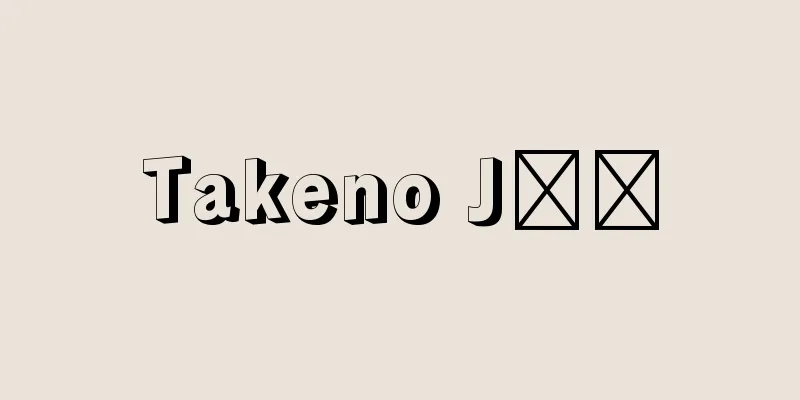
![Andes [Mountains] - Andes](/upload/images/67cae299a0e7d.webp)

